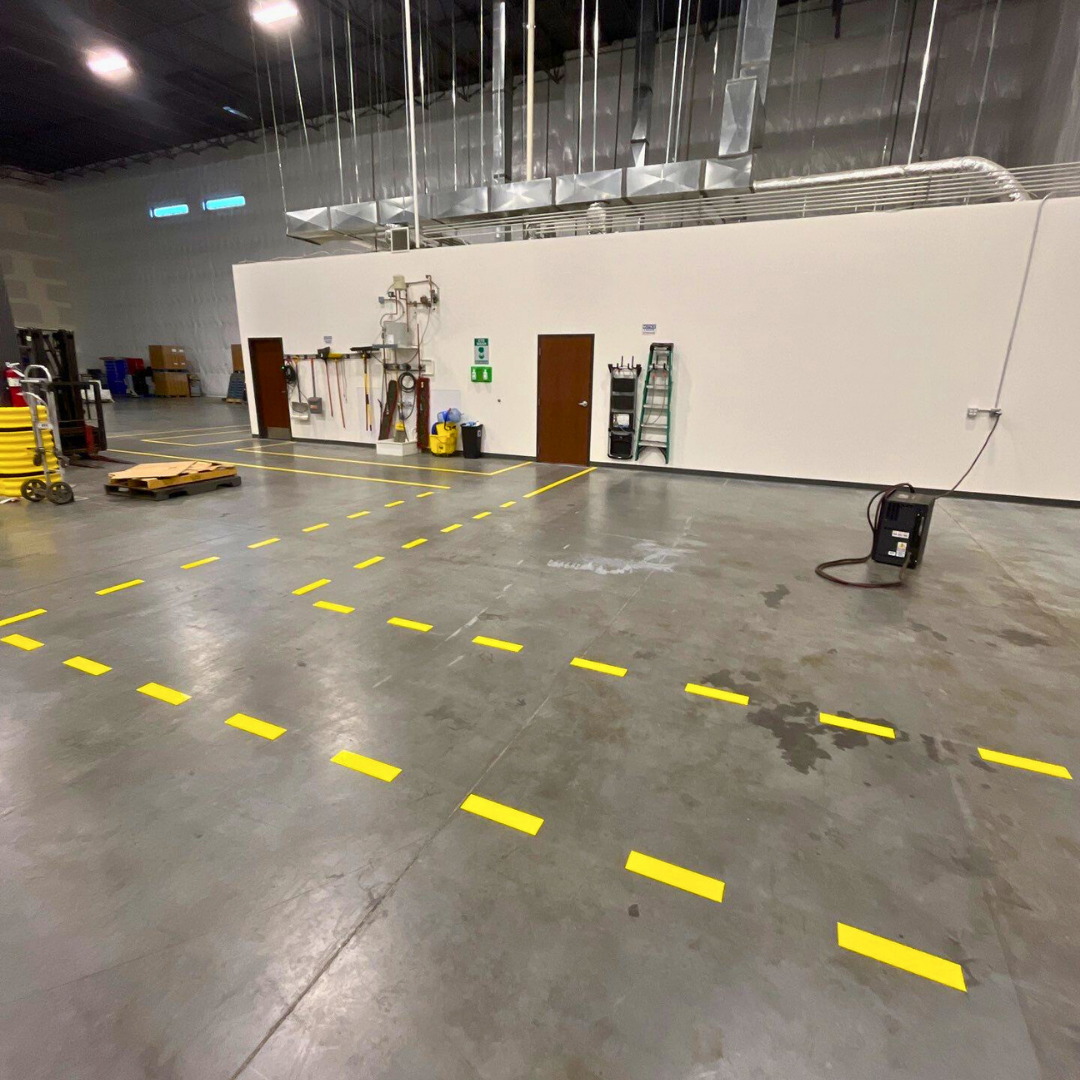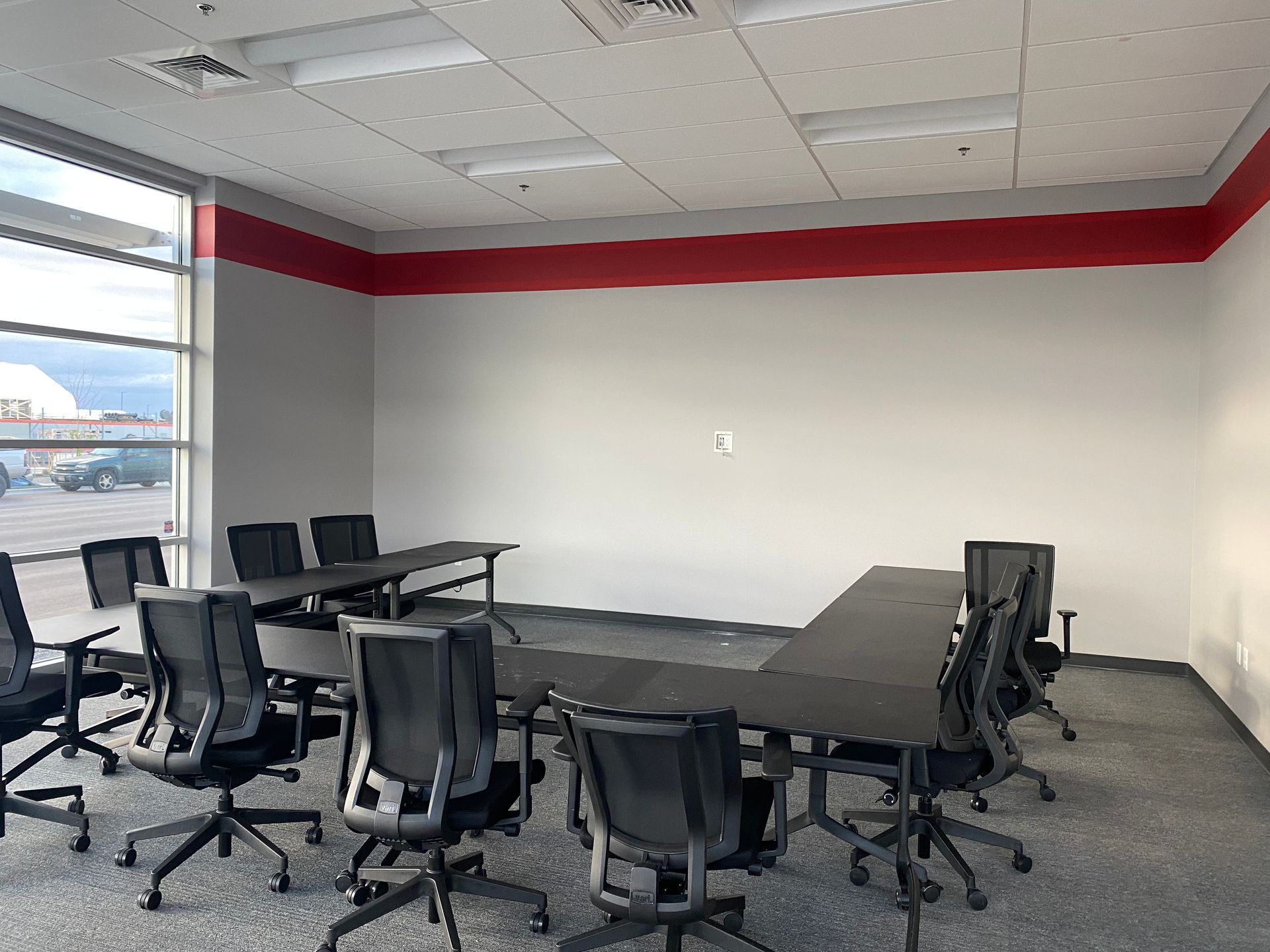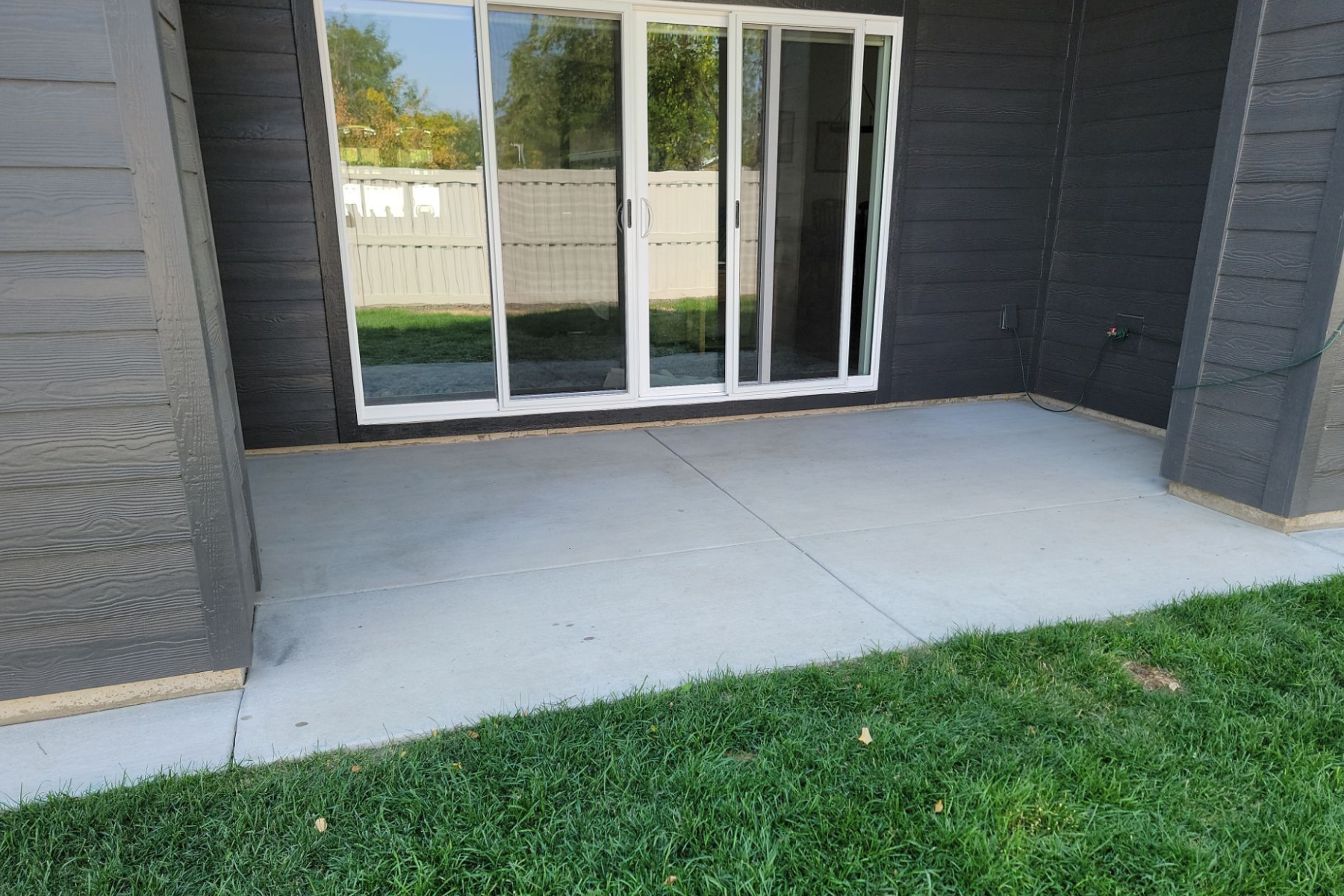Common Painting Mistakes to Avoid
A fresh coat of paint can completely transform your space—if it’s done right. Avoiding common painting mistakes ensures lasting, beautiful results, whether you’re refreshing a home interior or revamping a commercial property. Many DIY attempts fall short because of skipped prep, poor material choices, or rushed application. Understanding what can go wrong helps you appreciate the difference that professional painters bring to every project.
Skipping Proper Surface Preparation
Every perfect paint job begins long before the brush hits the wall. Neglecting thorough surface preparation leads to peeling and uneven finishes. Dust, grease, and old paint residue prevent adhesion, meaning your new coat won’t last as long.
For large-scale jobs like commercial exterior painting, preparation is even more critical. Professionals clean, sand, and prime each surface to ensure durability. On residential exterior painting projects, this attention to prep work guarantees a smooth, flawless look that stands the test of time.
Using Low-Quality Materials
Cheaper products might seem cost-effective at first, but they rarely deliver good long-term value. Low-quality paints and primers compromise appearance and durability. They fade faster, require more coats, and are less resistant to Boise’s sun and moisture.
Experienced painters rely on premium-grade paints designed for the right environment—interior, exterior, or high-traffic areas. Investing upfront prevents costly touch-ups and ensures your paint retains its color and protection for years.
Ignoring the Importance of the Right Tools
Even with good paint, the wrong tools can ruin the finish. Using incorrect brushes or rollers causes streaks and uneven coverage. Professionals use high-quality sprayers, rollers, and applicators designed for specific surfaces and finishes.
For example, smooth surfaces like cabinets and trim benefit from fine-bristle brushes, while textured concrete walls need specialized rollers. When applying garage floor coatings, even minor equipment errors can cause visible roller marks or patchy areas. Experts know how to match tools to textures for consistent, polished results.
Applying Paint Too Quickly
Patience is key in painting. Rushing through coats prevents proper adhesion and drying. Skipping drying time or applying thick layers often leads to bubbling, cracking, or dull finishes.
Professional painters follow precise timelines, allowing each coat to cure before the next layer. This is especially important in commercial spaces where durability and visual consistency matter. For residential interior painting, slow and steady layering ensures vibrant, even tones without visible brushstrokes or drips.
Overlooking Primer Application
Many DIY painters skip primer, assuming it’s optional. Failing to prime surfaces weakens paint performance dramatically. Primer seals porous materials, helps paint bond, and improves color accuracy. Without it, paint may soak in unevenly, leaving patchy results.
Commercial concrete coatings, for instance, rely on specialized primers that grip the surface and prevent peeling. Likewise, wood staining and cabinet painting require proper base preparation to highlight texture and ensure longevity. Primer isn’t an extra—it’s the foundation of professional-quality finishes.
Painting in the Wrong Conditions
Weather and temperature can make or break a project. Painting under poor conditions causes blistering and uneven drying. Extreme heat, cold, or humidity can trap moisture beneath the surface. Boise’s weather changes fast, so timing matters.
Professionals schedule work strategically, avoiding mid-day heat or damp mornings. For commercial exterior painting, this careful timing helps prevent fading and cracking. Indoors, consistent ventilation supports smooth, odor-free drying for both residential and commercial projects.
Neglecting Detail Work
Even the most even wall can look unprofessional if the details are off. Ignoring trim, edges, and corners reduces overall quality. Painters who rush these finishing touches leave uneven lines and sloppy transitions between colors or materials. That’s why pros take time on these small areas—doors, baseboards, and window frames—where precision matters most.
Not Protecting Surrounding Areas
Paint can travel farther than you think. Skipping protective coverings risks unwanted splatters and cleanup headaches. Professional painters always protect furniture, flooring, and fixtures before beginning any work. For large commercial projects, this means sealing off work zones to minimize disruption. In homes, it means using drop cloths and masking tape to keep surfaces spotless.
Forgetting Long-Term Maintenance
Even the best paint job won’t last forever without care. Ignoring regular maintenance shortens paint lifespan. Commercial maintenance painting helps preserve large buildings and protect investment value. Residential upkeep—like washing walls, touching up corners, or reapplying sealants—keeps spaces fresh and inviting. Professionals guide you through simple maintenance routines that save time, money, and frustration.
Trust the Professionals for Lasting Results
Painting may seem simple, but it’s a craft that rewards experience and precision. Spray ’n Coat Painting ensures flawless results through expertise and care. Our team specializes in residential and commercial projects of every size, offering services that include commercial interior and exterior painting, cabinet painting and durable floor coatings such as patio finishes.
Contact Spray ’n Coat Painting today for a free estimate and experience the difference between quick paint jobs and professional artistry that stands the test of time—right here in Boise and beyond.
















































































































